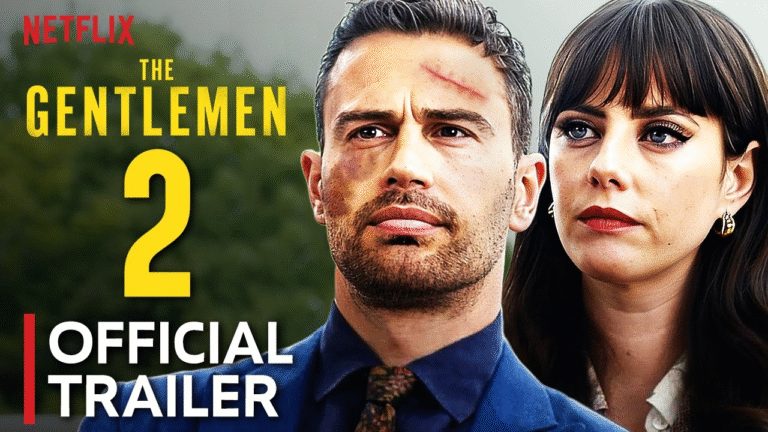“28 Years Later” is an anticipated sequel to the groundbreaking horror film “28 Days Later.” Directed by the visionary filmmaker Danny Boyle, the sequel explores the aftermath of the Rage Virus that devastated the UK and the world. Set nearly three decades after the original events, the film delves into the long-term consequences of the outbreak and the evolution of society in its wake.

The story picks up with a new generation living in a world profoundly altered by the virus. Survivors have rebuilt communities, attempting to establish a semblance of normalcy. However, remnants of the chaos linger, and the scars of the past are still fresh in the minds of those who lived through the horror. The film introduces a diverse cast of characters, including new protagonists who are navigating this harsh reality, alongside familiar faces from the original.
One of the central themes of “28 Years Later” is the resilience of the human spirit. As the characters face not only the remnants of the infected but also their own internal struggles, the film explores how trauma shapes individuals and communities. The narrative juxtaposes moments of hope and humanity with the darkness that emerges in times of crisis, illustrating the complexities of survival.
The film’s cinematography plays a crucial role in establishing its tone. The stark contrasts between desolate urban landscapes and the vibrant life of the survivors reflect the duality of despair and hope. Boyle’s signature visual style, marked by dynamic camera movements and striking imagery, enhances the emotional impact of the story. The score, composed by John Murphy, further amplifies the tension and urgency, immersing viewers in the characters’ harrowing experiences.
As the plot unfolds, the new generation encounters the remnants of the old world, uncovering secrets that reveal how society attempted to cope with the aftermath of the virus. This exploration of memory and history serves to highlight the cyclical nature of violence and the ongoing struggle for power and control in a post-apocalyptic landscape. The film raises questions about the ethics of survival, the choices individuals make when faced with moral dilemmas, and the consequences of those choices.
In addition to the physical threats posed by the infected, the characters also grapple with the darker aspects of human nature. The emergence of factions and groups vying for power introduces conflict and tension, creating a layered narrative that examines the fragility of societal structures in the face of catastrophe.
Ultimately, “28 Years Later” aims to balance intense horror with thought-provoking commentary on resilience, memory, and the human condition. As the characters fight for survival, they are also on a journey of self-discovery, forcing viewers to reflect on what it means to be human in a world that has fundamentally changed. With its compelling narrative, striking visuals, and emotional depth, the film seeks to resonate with audiences while paying homage to its predecessor, establishing itself as a significant entry in the horror genre.



